Ditapis dengan
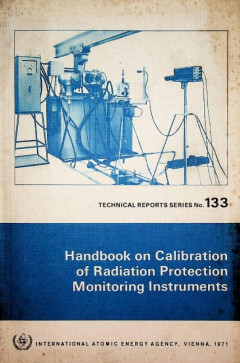
Handbook on Calibration of Radiation Protection Monitoring Instruments
This book consist : Introduction; Requirements of a calibration laboratory and the techniques to be used; Calibration facilities; Errors and quality control; and Instrument maintenance and repair. (Jml)
- Edisi
- -
- ISBN/ISSN
- -
- Deskripsi Fisik
- 95 p. : Illus. ; 24 cm
- Judul Seri
- Technical Reports Series No. 133
- No. Panggil
- 539.12 IAE h

Food Irradiation:The Myth and the Reality
A report on the facts of food irradiation intended to inform readers on the food they buy. It exposes the controversy that exists on the issue and reveals the possibility for illegal abuse of irradiation for the disguise of decay which could result in food poisoning and death.
- Edisi
- -
- ISBN/ISSN
- 0-7225-2224-X
- Deskripsi Fisik
- 224 p. : Illus. ; 21 cm
- Judul Seri
- -
- No. Panggil
- 641.1 Web f
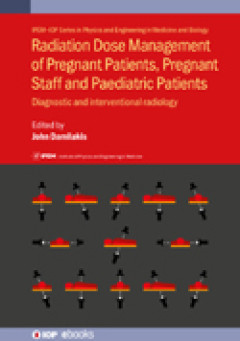
Radiation Dose Management of Pregnant Patients, Pregnant Staff and Paediatric…
Whenever a diagnostic or interventional X-ray examination of a pregnant patient is considered to be necessary, conceptus dose estimation is an essential step in assessing the radiogenic risks to the unborn child. Accurate estimation of embryo/fetus radiation dose is also needed after accidental exposure of a pregnant patient from an X-ray procedure. The exposure of pregnant patients to medical …
- Edisi
- -
- ISBN/ISSN
- 978-0-7503-1317-9
- Deskripsi Fisik
- 102p. : illus. ; 24 cm
- Judul Seri
- -
- No. Panggil
- 614.839 DAM R
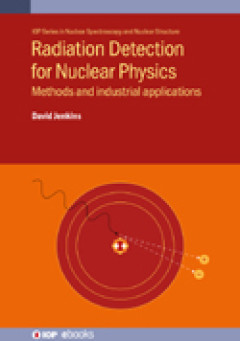
Radiation Detection for Nuclear Physics Methods and industrial applications
Radiation detection is key to experimental nuclear physics as well as underpinning a wide range of applications in nuclear decommissioning, homeland security and medical imaging. This book presents the state-of-the-art in radiation detection of light and heavy ions, beta particles, gamma rays and neutrons. The underpinning physics of different detector technologies is presented, and their perfo…
- Edisi
- -
- ISBN/ISSN
- 978-0-7503-1428-2
- Deskripsi Fisik
- 119p. : illus. ; 24 cm
- Judul Seri
- -
- No. Panggil
- 539.77 JEN R
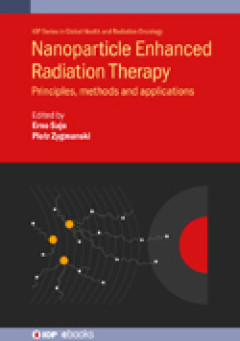
Nanoparticle Enhanced Radiation Therapy Principles, methods and applications
Improved targeting of abnormal cells and tissue in the radiotherapy of cancer has been a long-standing goal of researchers. The central purpose in Nanoparticle-Enhanced Radiotherapy (NPRT) is to more precisely control where the radiation dose is delivered, desirably with subcellular precision, provided we can find a method to bring the nanoparticles to target and control their concentration and…
- Edisi
- -
- ISBN/ISSN
- 978-0-7503-2396-3
- Deskripsi Fisik
- 135p. : illus. ; 24 cm
- Judul Seri
- -
- No. Panggil
- 616.994 SAJ N
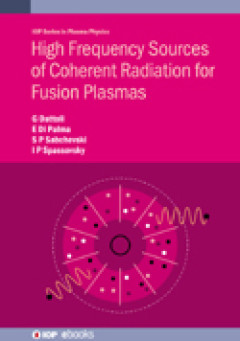
High Frequency Sources of Coherent Radiation for Fusion Plasmas
This book describes two aspects of fusion plasma physics that are usually treated separately. Written in tutorial form, the first part of the book presents some of the essentials of magnetically confined plasma physics that are necessary for an in-depth understanding of the basic principles and underlying phenomena, in a consistent and comprehensive way. The second part is focused on existing p…
- Edisi
- -
- ISBN/ISSN
- 978-0-7503-2464-9
- Deskripsi Fisik
- 143p. : illus. ; 24 cm
- Judul Seri
- -
- No. Panggil
- 530.44 SAT H
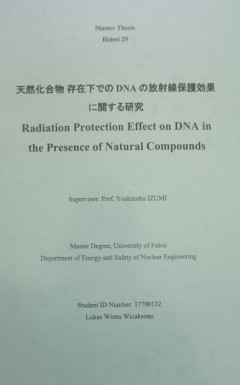
Radiation Protection Effect on DNA in the Presence of Nartural Compounds
The higher LET, the more effeciently strand break occured. All of the natural compound used in this study has ability to protect against DNA damage either in low and hight LET with different capacity. Most of all results incicate that the yield of the SSB from decrease as the concentration of radical scavengers increased. By comparing either in low and high molecular damage EGCG and AA acted as…
- Edisi
- -
- ISBN/ISSN
- -
- Deskripsi Fisik
- 55p.;illus,24cm
- Judul Seri
- -
- No. Panggil
- 614.839 WIS R
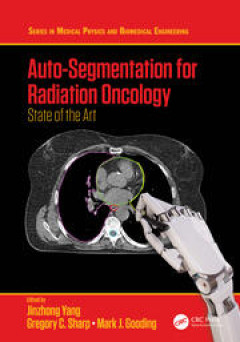
Auto-Segmentation for Radiation Oncology State Of the Art
This book provides a comprehensive introduction to current state-of-the-art auto-segmentation approaches used in radiation oncology for auto-delineation of organs-of-risk for thoracic radiation treatment planning. Containing the latest, cutting edge technologies and treatments, it explores deep-learning methods, multi-atlas-based methods, and model-based methods that are currently being develop…
- Edisi
- -
- ISBN/ISSN
- 978-0-429-32378-2
- Deskripsi Fisik
- 253p. : illus. ; 24 cm
- Judul Seri
- -
- No. Panggil
- 616.994 YAN A
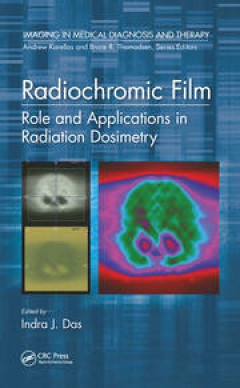
Radiochromic Film Role and Applications in Radiation Dosimetry
This book provides a first authoritative text on radiochromic film, covering the basic principles, technology advances, practical methods, and applications. It focuses on practical uses of radiochromic film in radiation dosimetry for diagnostic x-rays, brachytherapy, radiosurgery, external beam therapies (photon, electron, protons), stereotactic body radiotherapy, intensity-modulated radiothera…
- Edisi
- -
- ISBN/ISSN
- 978-1-4987-7647-9
- Deskripsi Fisik
- 373p. : illus. ; 24 cm
- Judul Seri
- -
- No. Panggil
- 612.01448 DAS R
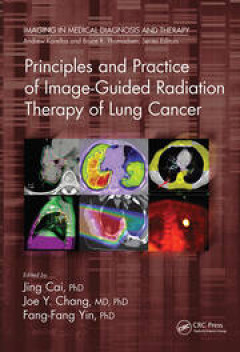
Principles and Practice of Image-Guided Radiation Therapy of Lung Cancer
his book gives a comprehensive overview on the use of image-guided radiation therapy (IGRT) in the treatment of lung cancer, covering step-by-step guidelines for clinical implementations, fundamental principles and key technical advances. It covers benefits and limitations of techniques as well as quality and safety issues related to IGRT practice. https://www.routledge.com
- Edisi
- -
- ISBN/ISSN
- 978-1-4987-3673-2
- Deskripsi Fisik
- 416p. : illus. ; 24 cm
- Judul Seri
- -
- No. Panggil
- 616.994 CAI P
 Karya Umum
Karya Umum  Filsafat
Filsafat  Agama
Agama  Ilmu-ilmu Sosial
Ilmu-ilmu Sosial  Bahasa
Bahasa  Ilmu-ilmu Murni
Ilmu-ilmu Murni  Ilmu-ilmu Terapan
Ilmu-ilmu Terapan  Kesenian, Hiburan, dan Olahraga
Kesenian, Hiburan, dan Olahraga  Kesusastraan
Kesusastraan  Geografi dan Sejarah
Geografi dan Sejarah